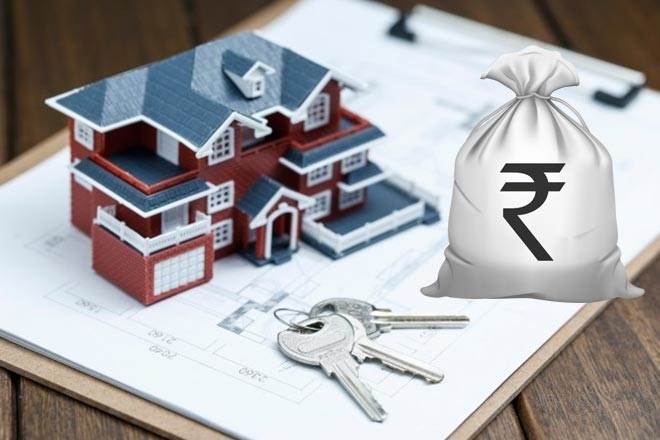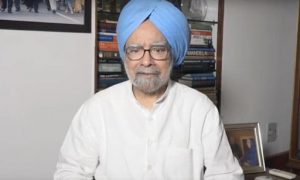The six-month moratorium on repayment of loans ends in another month (on August 31) – unless the Reserve Bank of India allows a second extension. The moratorium brought relief to many home loan customers who saw their incomes decline amid the pandemic-induced lockdown and the slowdown in the economy. But it is now time for borrowers to reassess their finances and optimise the outgo on home loans.
Can you bring down the interest on your loan?
Over the last 18 months, the RBI has cut repo rates by 225 basis points, and banks and housing finance companies have reduced their interest offering on new loans from around 9% to under 7% now. But many existing home loan customers are still paying around 8.5% or, in some cases even 9%, interest.
These customers should approach their bank or housing finance company and switch to a lower rate by paying a small conversion fee (which is usually a few thousand rupees). This will bring their interest rate to the levels that their bank/HFC is now offering on fresh loans.
How much money will you save by doing this?
Suppose you have principal outstanding of Rs 30 lakh on an ongoing home loan, and the tenure remaining is 15 years (180 months). At an interest rate of 8.5%, you would be paying an EMI of Rs 29,540. However, if by paying a conversion fee, you can bring the interest rate down to 7.4%, your EMI could come down by Rs 1,900 – or, if you choose to pay the same EMI, the tenure of your loan can come down by 20 months to just 160 months.
Also, you should ask to be moved from the marginal cost-based lending rate to the repo rate-linked lending rate in order to ensure that whenever the RBI cuts the repo rate, the bank automatically passes on the benefit to you.
What other steps can you take?
In these uncertain times, it is important to have enough liquidity to sustain the family for at least 3-6 months. While this can be in the form of bank savings or fixed deposits, it is important to note that it may not be the right approach to have a higher component of savings in low interest-earning fixed deposits, while also paying a higher interest rate on home loans.
The State Bank of India is currently offering an interest rate of 5.1% on term deposits of 1-3 years. If you fall in the highest tax bracket, the interest income would work out to only 3.4%. However, on your home loan, you would be paying anywhere between 7% and 8.5%.
It is, therefore, wise to not roll over fixed deposits (beyond what is required for liquidity), and utilise it to repay part of your loan. This will, again, help to either reduce your monthly EMI outgo or the tenure of the loan.
Thumb rule: any asset that is earning a lower interest than the loan outgo should be utilised to repay the loan.
If RBI extends the moratorium, should you opt for it?
The fact that the interest component of the EMI during the moratorium period gets added to the principal outstanding of the loan, will result in an increase in the EMI going forward. If possible, it is advisable to avoid availing of one more phase of moratorium.





































